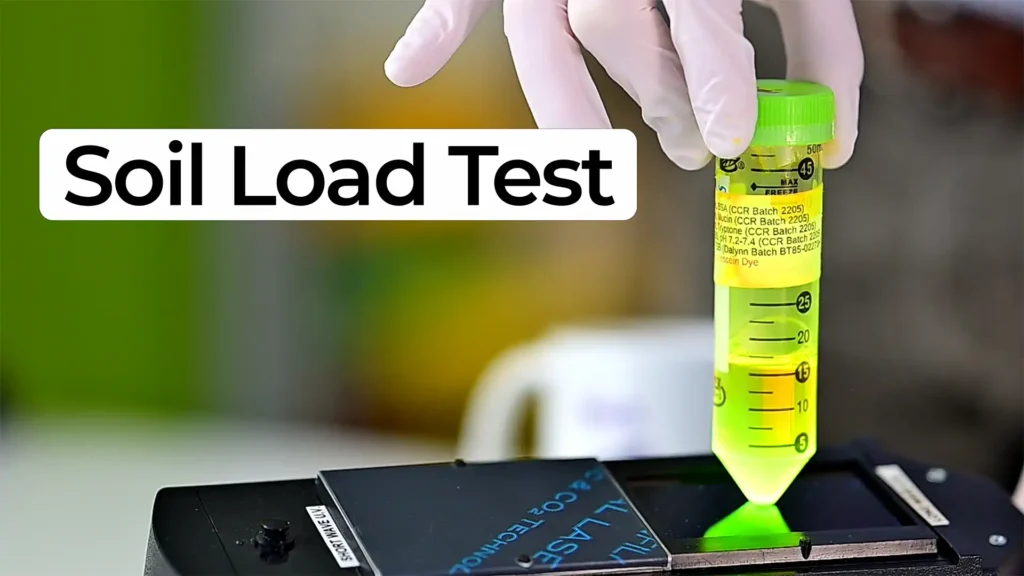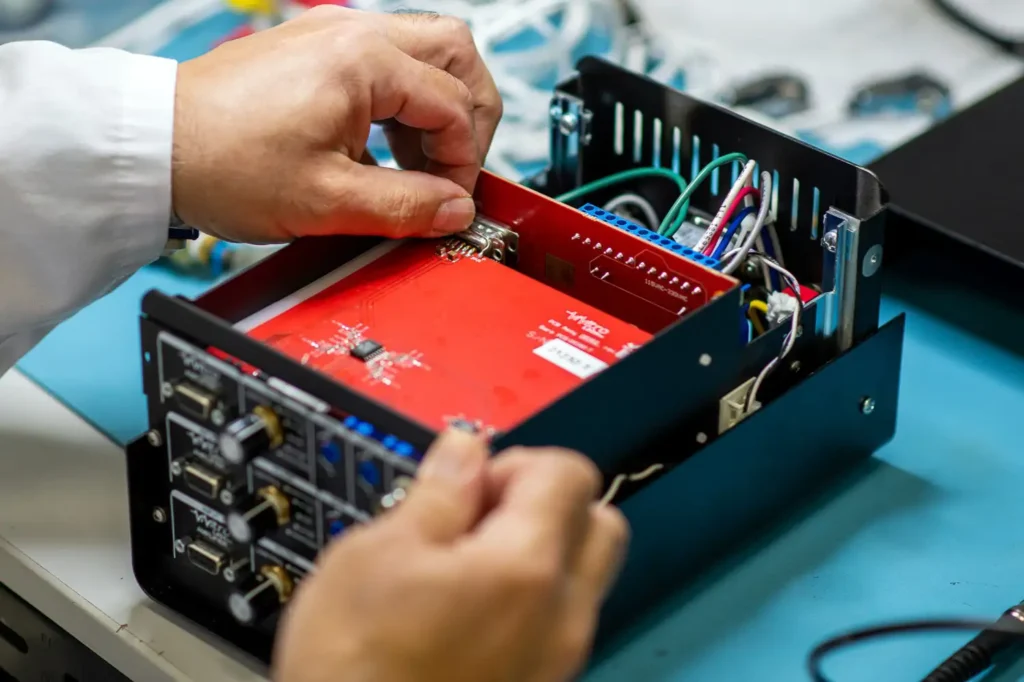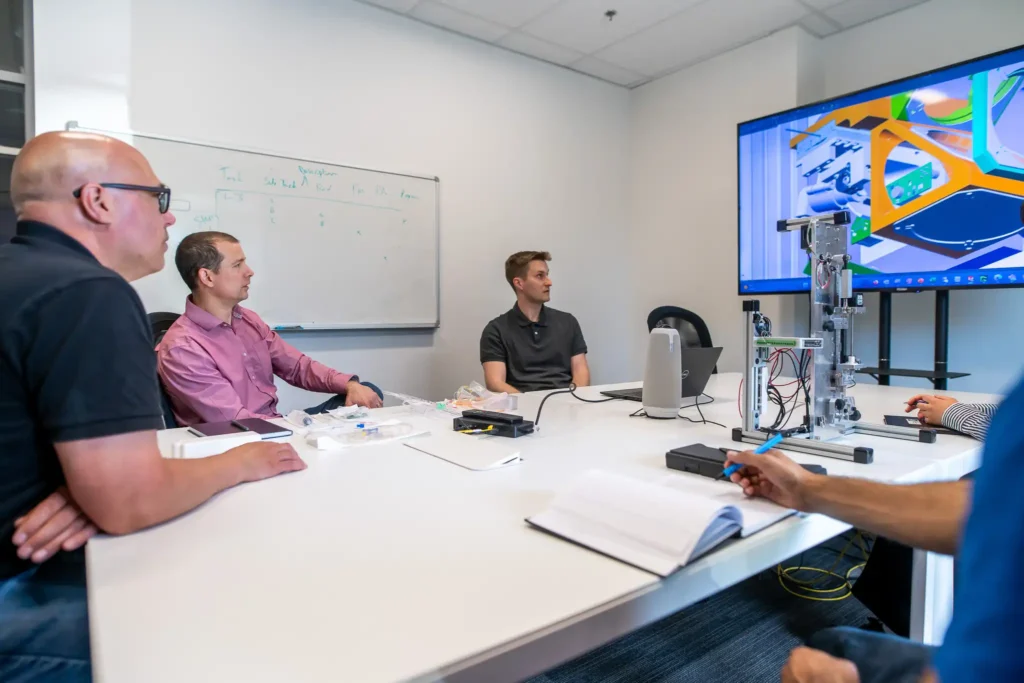
What Is a Theranostic Wound Dressing?
A theranostic wound dressing does more than cover a cut—it actively detects infection and delivers targeted treatment. In this Bio Break episode, Nick and Nigel explore how this smart technology could transform chronic wound care for patients with conditions like diabetic foot ulcers.
How Theranostic Wound Dressings Work
This is no ordinary Band-Aid. While Nick jokes about having a stash of Pokémon bandages at home, this dressing prototype is designed for something much more serious—chronic wounds and diabetic foot ulcers, where early detection and timely treatment are essential.
The innovation lies in a visual infection indicator embedded within the dressing. When an infection is detected, the dressing can release an antimicrobial treatment directly into the wound site, offering a targeted therapeutic response before complications escalate.
Benefits of Theranostic Wound Dressings
Why is that important? Because antimicrobial stewardship is more critical than ever. Overusing broad-spectrum antibiotics or applying antimicrobials when they’re not needed contributes to resistance and unnecessary costs. This dressing applies treatment only when and where it’s required—no more, no less.
Of course, not every scrape or paper cut needs advanced diagnostics. Nick and Nigel discuss the use case limitations, noting this device wouldn’t make sense in your medicine cabinet at home. But in hospitals, long-term care centers, or for at-risk patients with chronic wounds, it could be a game changer.
The future of wearable MedTech is here, and it’s smarter than ever. Tune in to see how this dressing bridges diagnostics and therapy in one elegant solution—and where it might show up next.
Learn more about StarFish Medical.
Related Resources

Every phase of a device’s life cycle involves different people with distinct needs—from clinicians and patients to service technicians and regulatory bodies.

Nick Allan and Nigel Syrotuck explain how a fluorescent protein assay helps engineers measure contamination and cleaning performance in medical devices.

Your team is ready for design validation. The prototype performs well, test plans are in motion, and everything points to a smooth handoff to manufacturing. Then your partner calls with bad news: they can’t build the device as designed.

You’ve cleared the toughest engineering hurdles and proven your design works. Then, just as you prepare to scale, your contract manufacturer turns you down.
